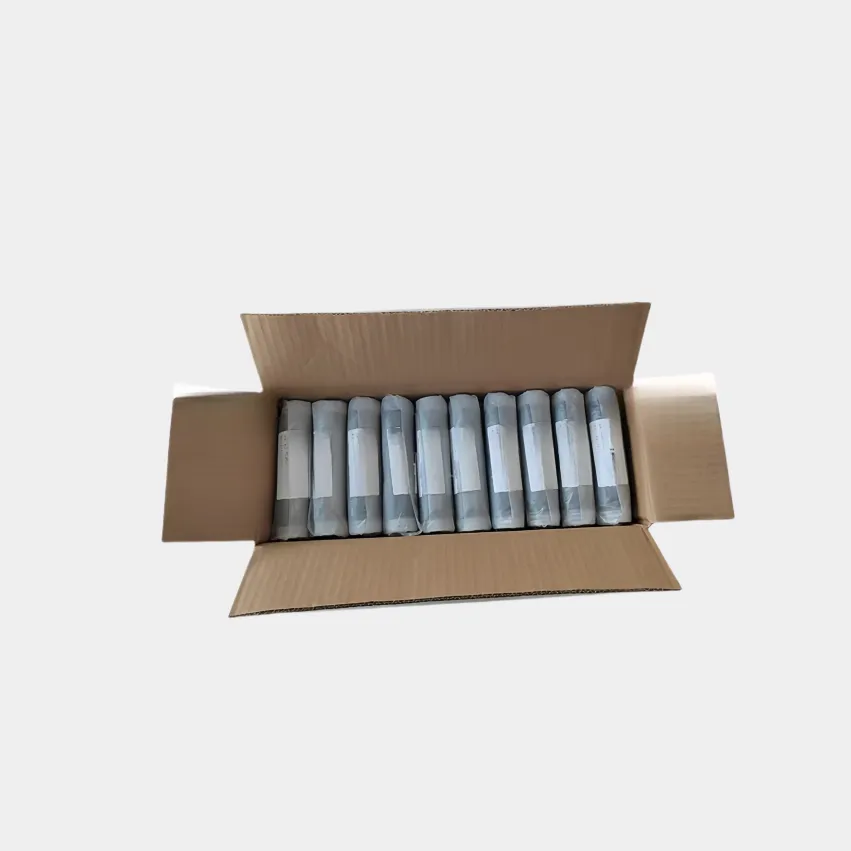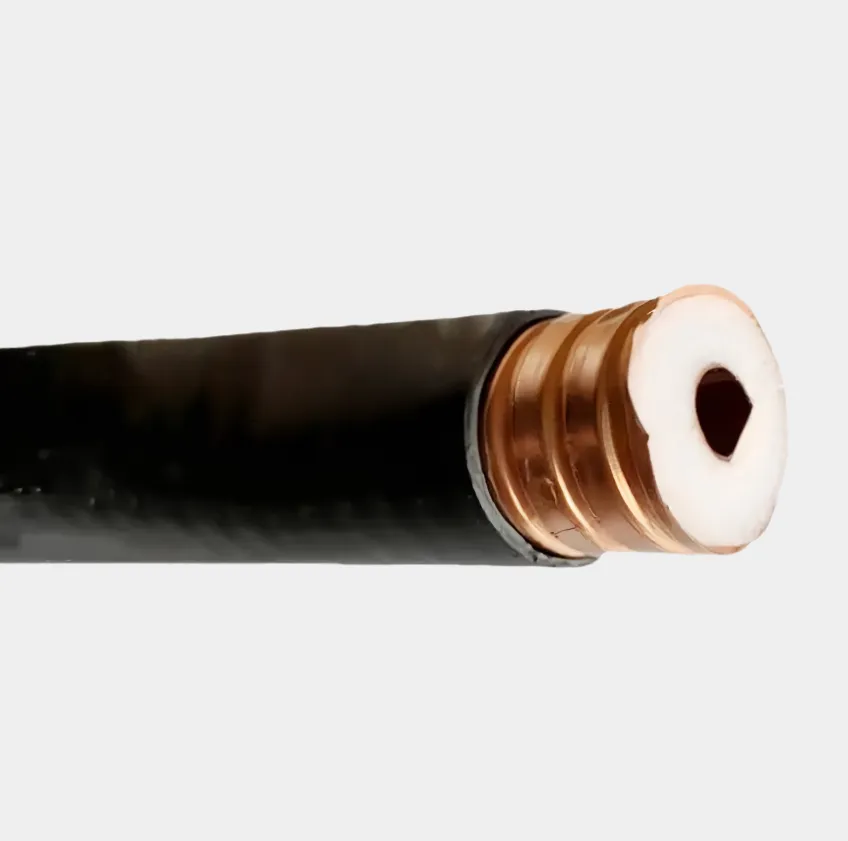Coaxial cable connectors are critical components ensuring secure and efficient signal transmission in communication systems, and their types are primarily distinguished by design, application, and performance. Common types include BNC connectors, widely used in video surveillance and short range data transmission due to their quick bayonet coupling, which allows for fast installation and removal. N type connectors, known for their robust construction, are ideal for high frequency applications such as 5G base stations and microwave systems, offering excellent impedance matching (typically 50 ohms) and weather resistance, making them suitable for outdoor use. SMA connectors, with their small size and threaded coupling, are prevalent in wireless communication devices like routers and test equipment, supporting frequencies up to 18 GHz. Other types include TNC connectors, which combine the bayonet design of BNC with the threaded stability of N type, suitable for environments with vibration; and F type connectors, commonly used in cable TV and satellite systems for their simplicity and cost effectiveness. When selecting a connector, compatibility with the cable’s impedance (50 or 75 ohms), frequency range, and environmental conditions (indoor vs. outdoor, exposure to moisture or dust) is crucial. For instance, in 5G feeder cable systems like the KC97 models offered by Hebei Mailing, N type or SMA connectors are often preferred to ensure minimal signal loss and reliable performance in high frequency, high data rate transmissions.


